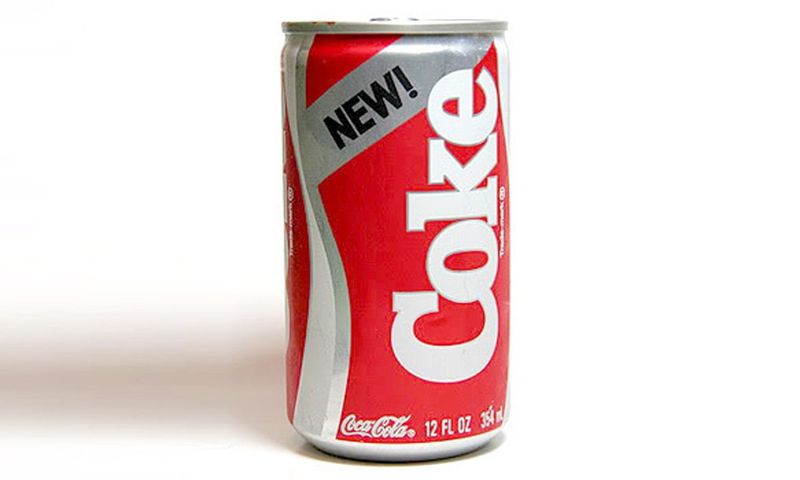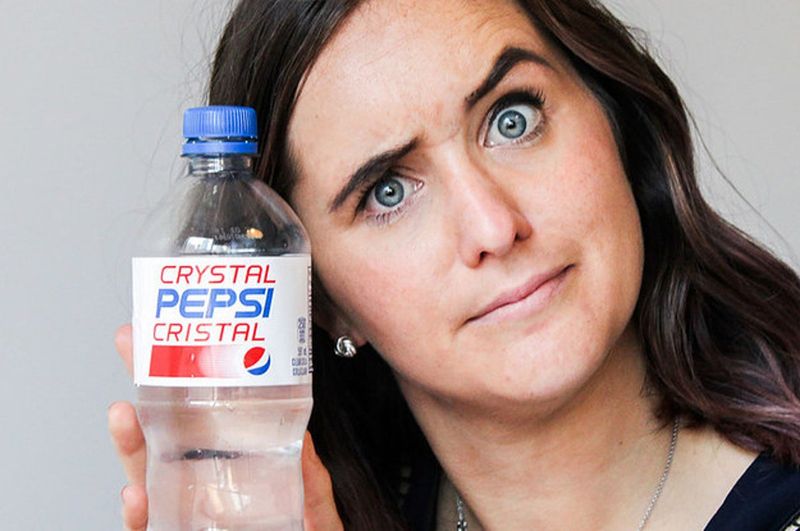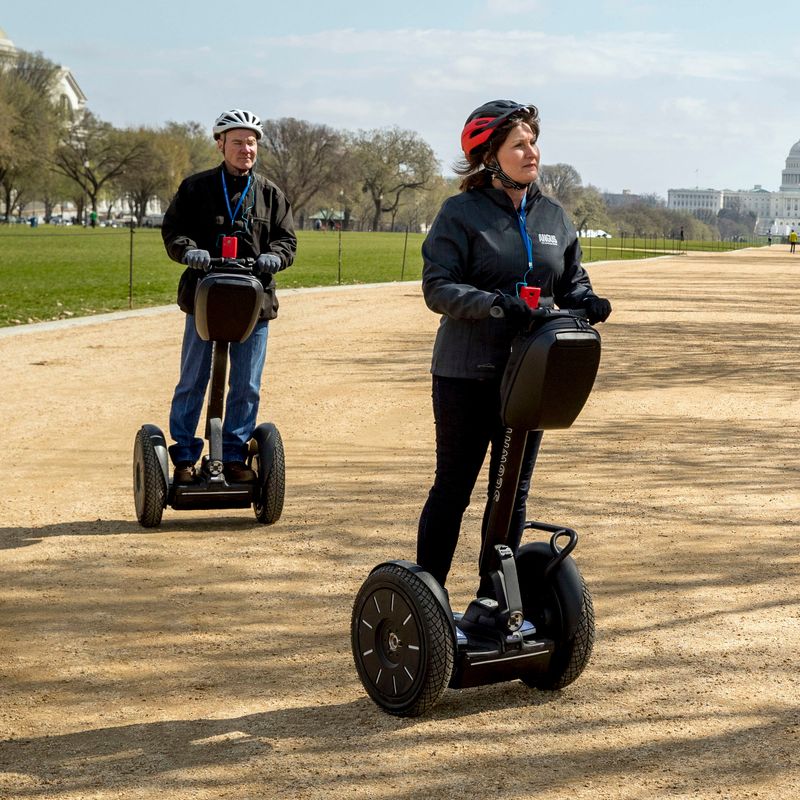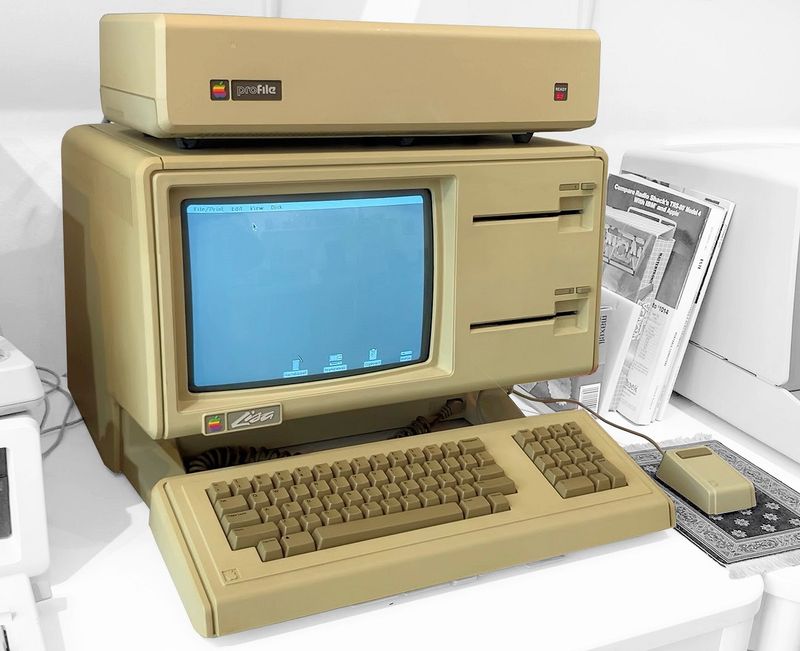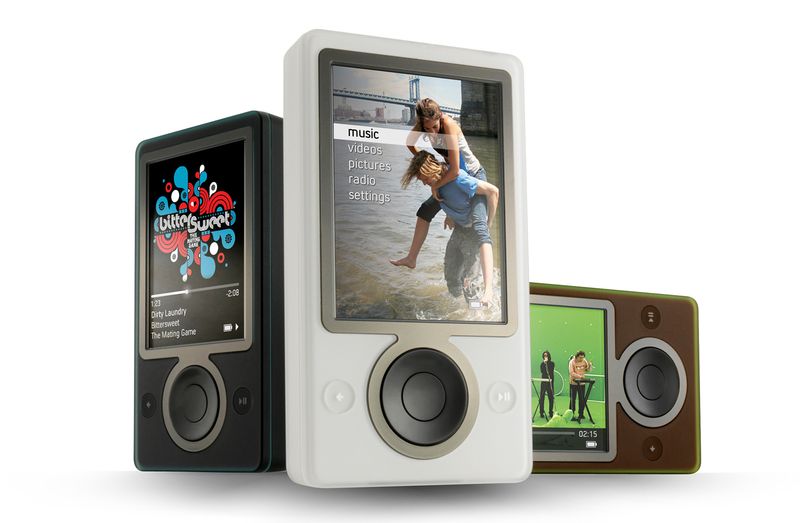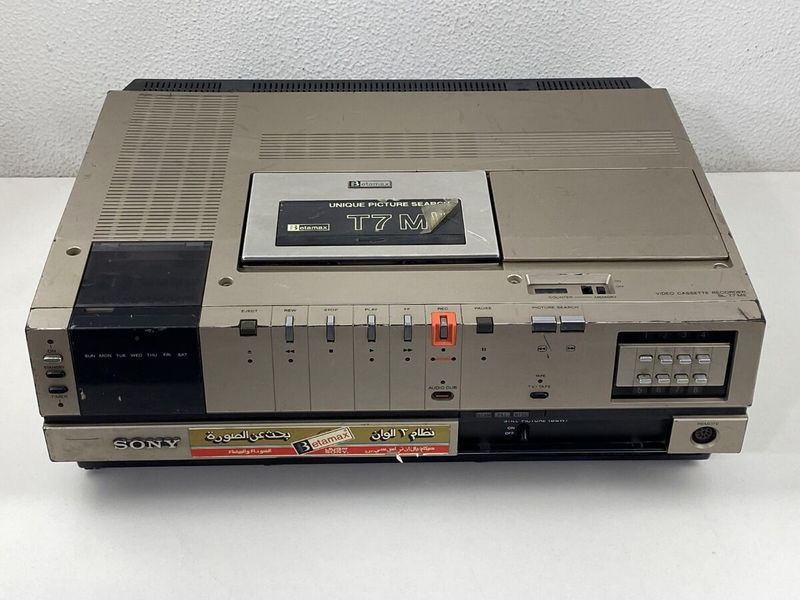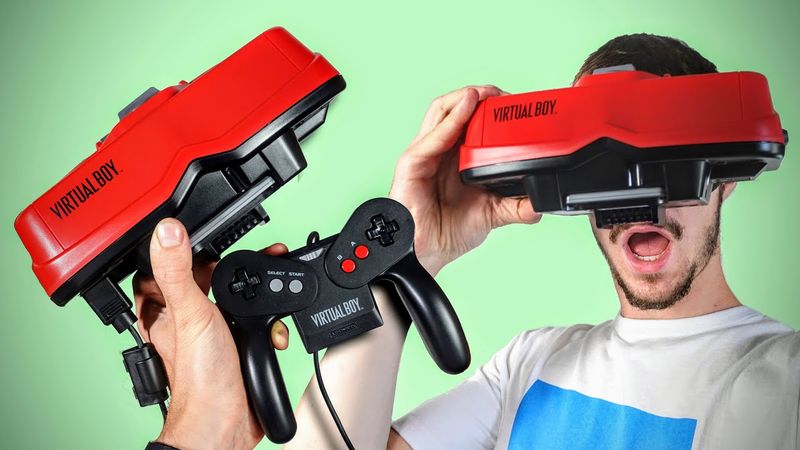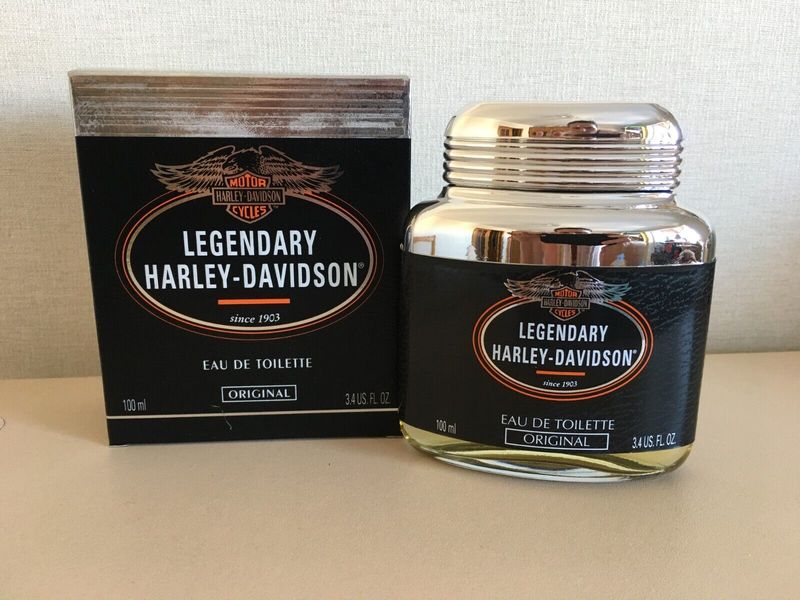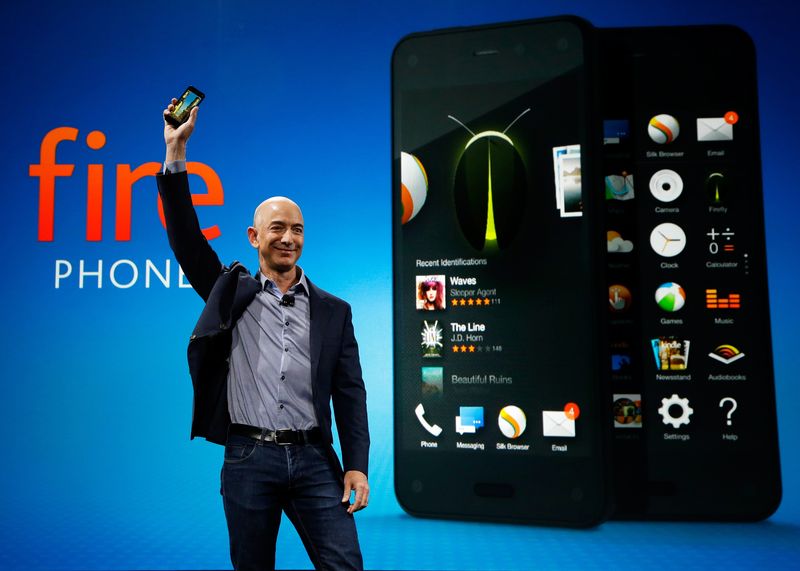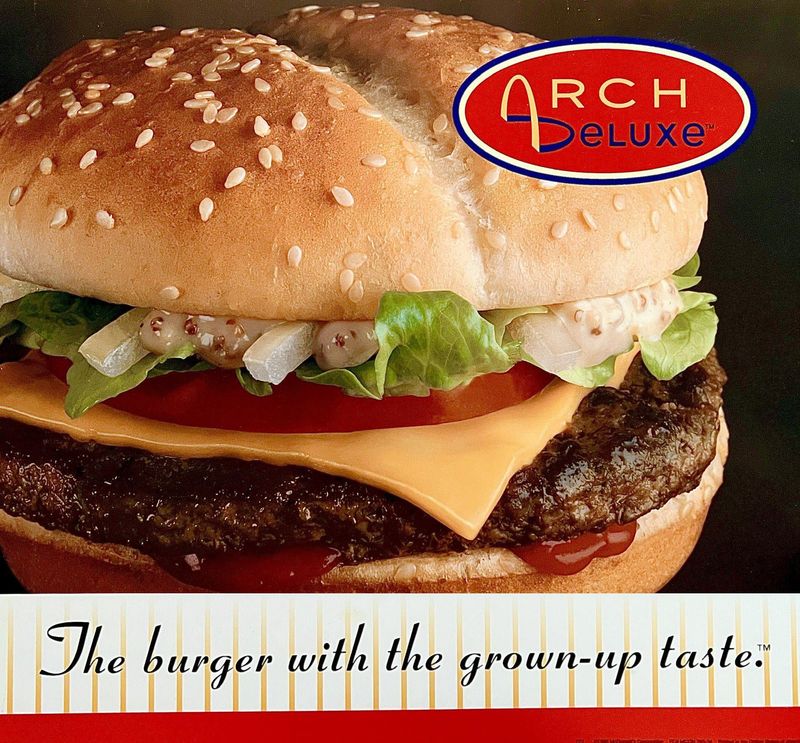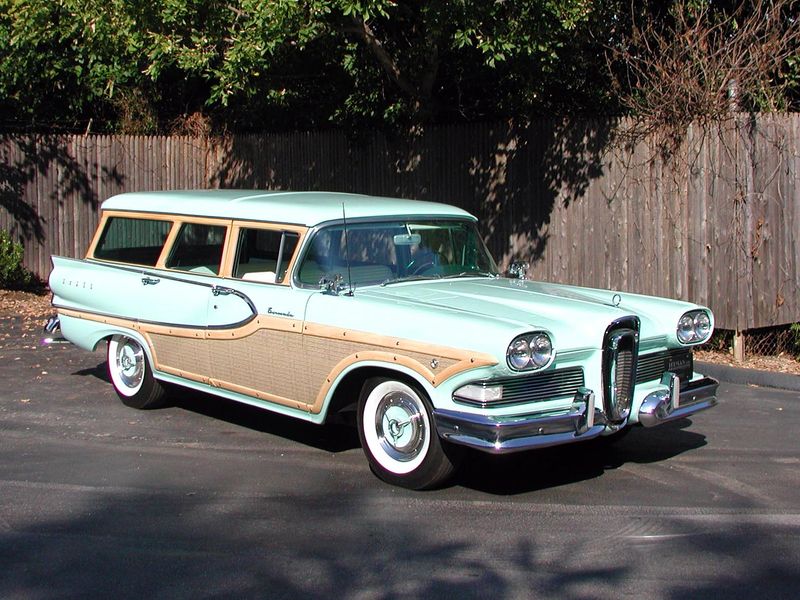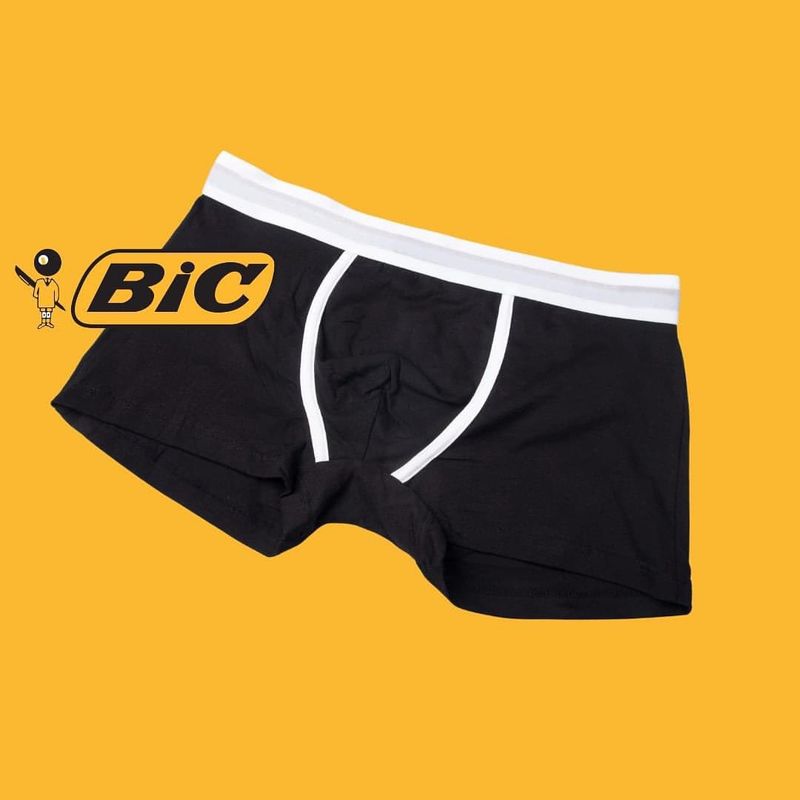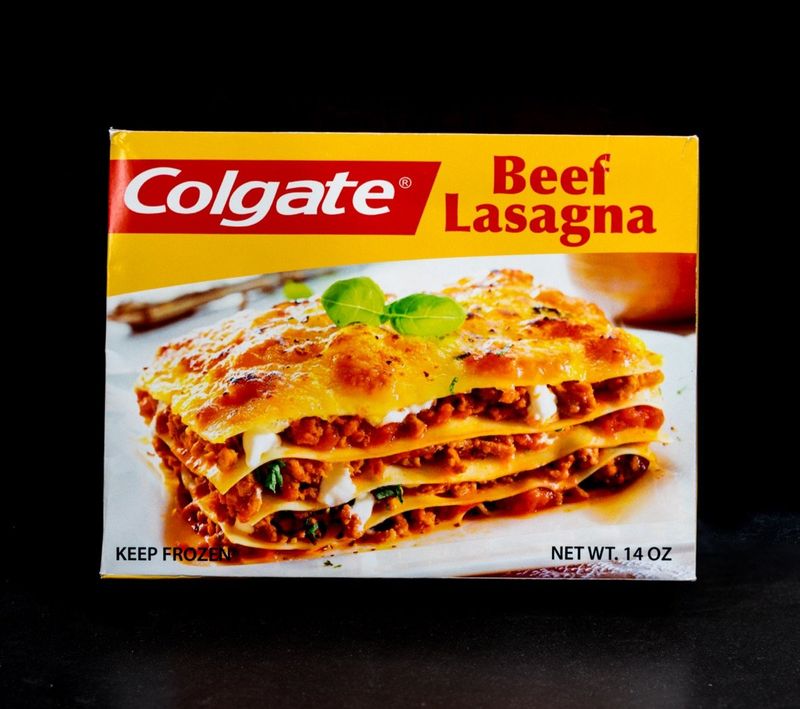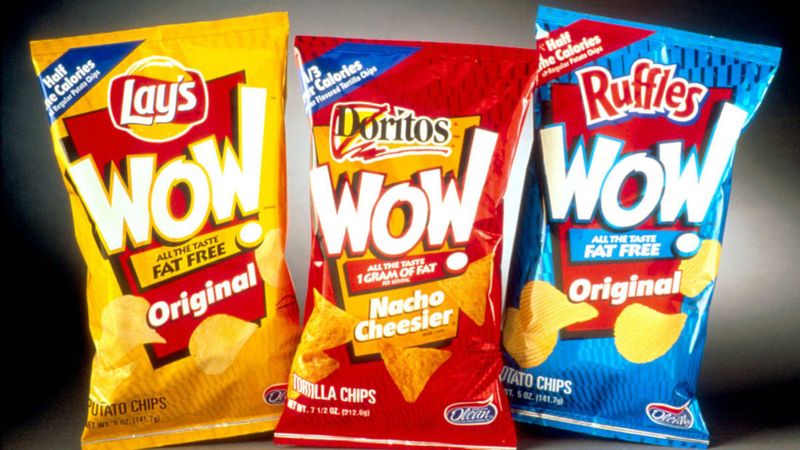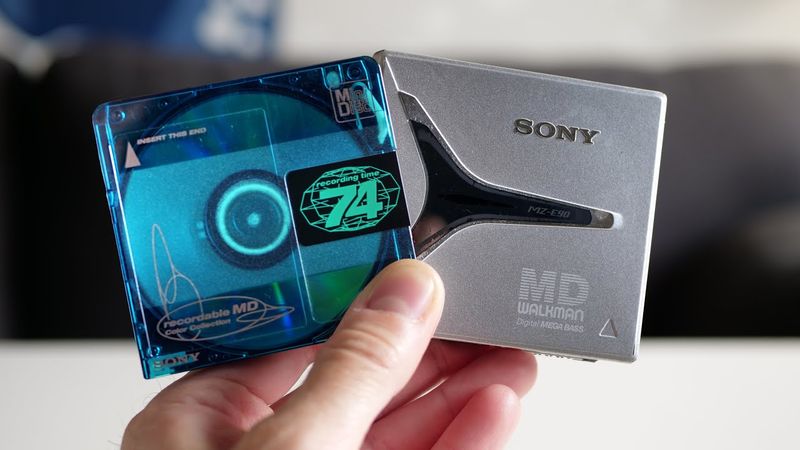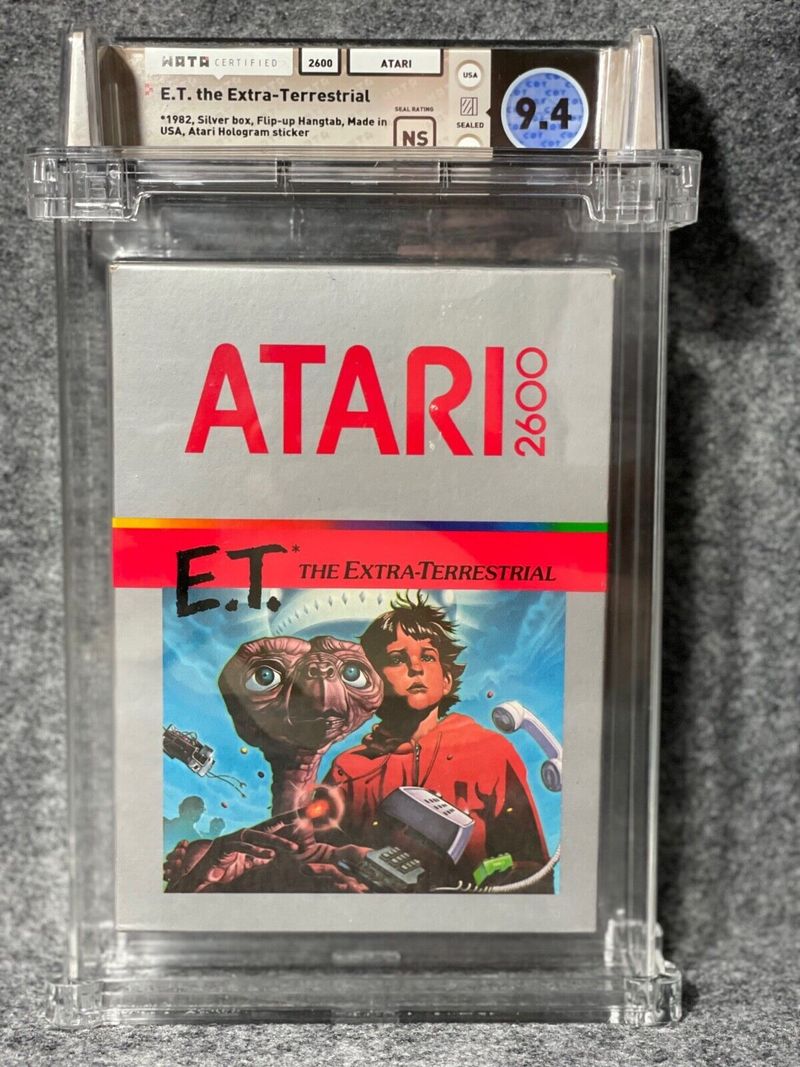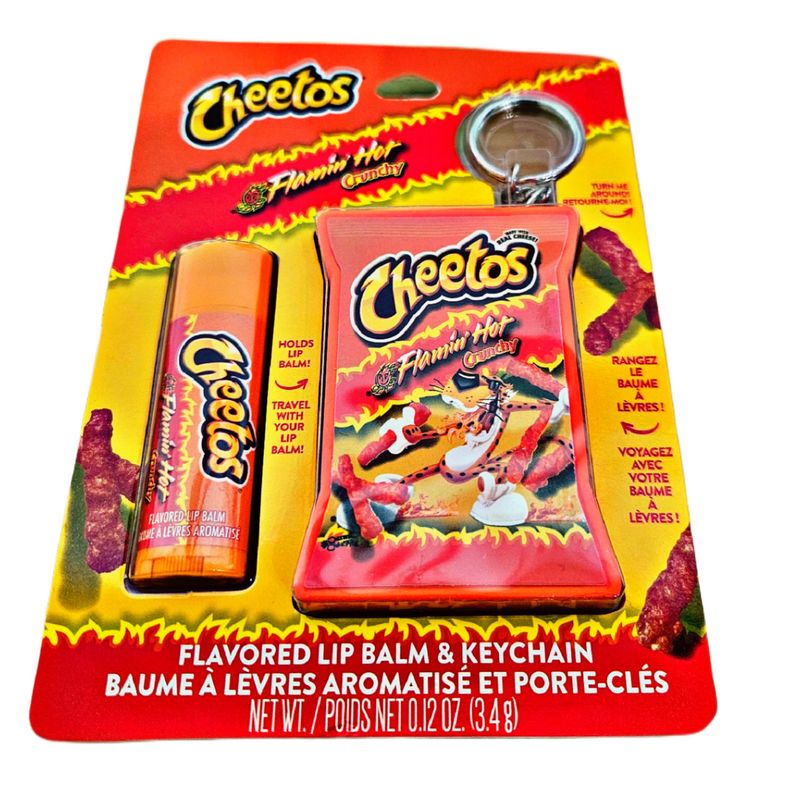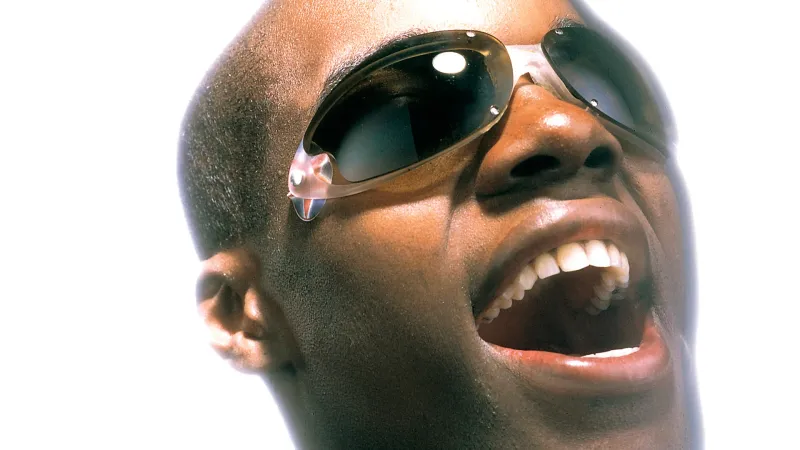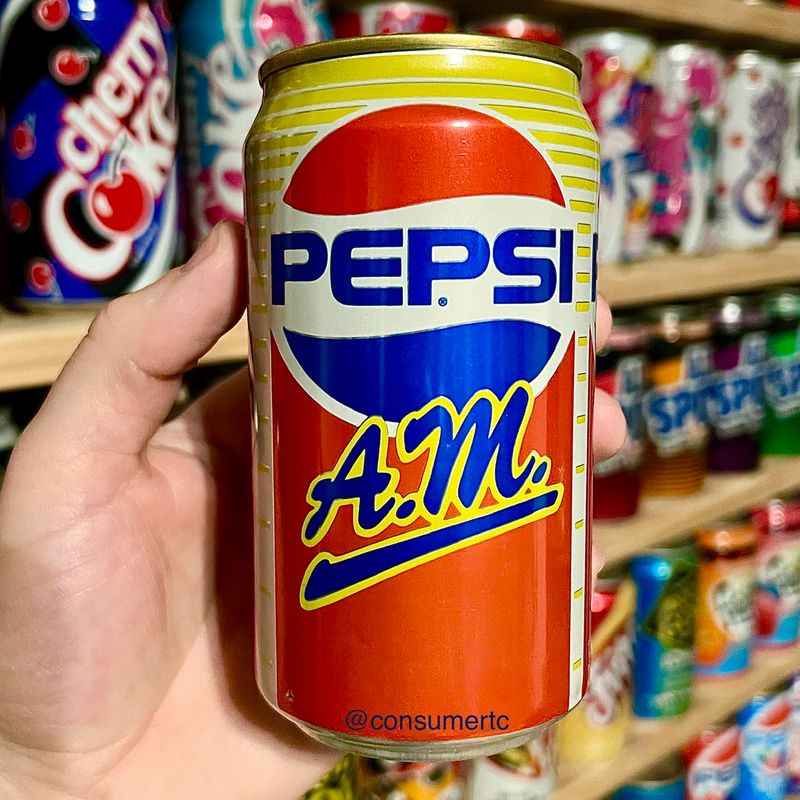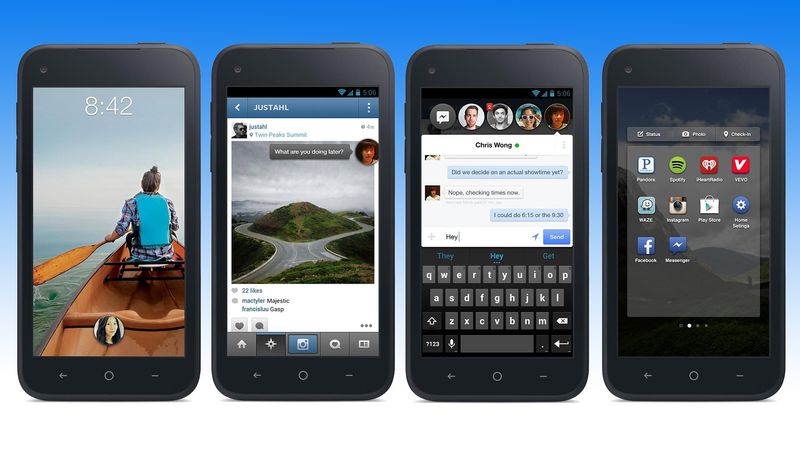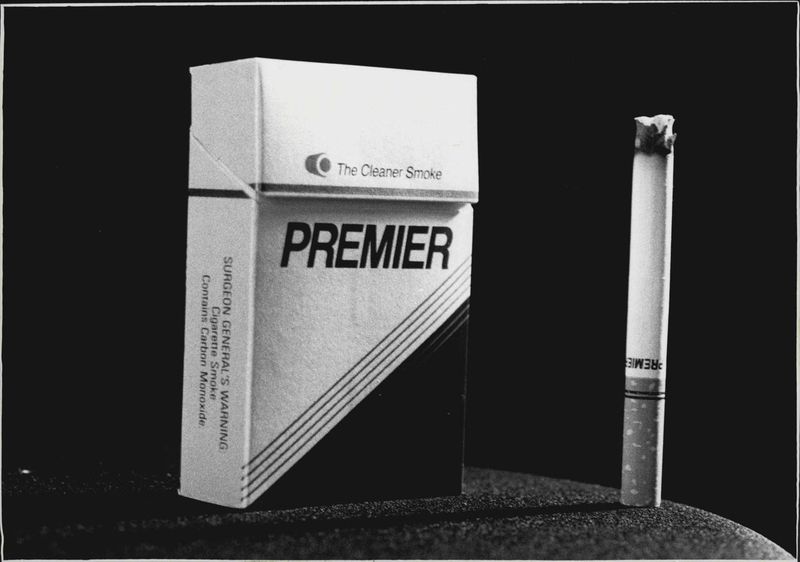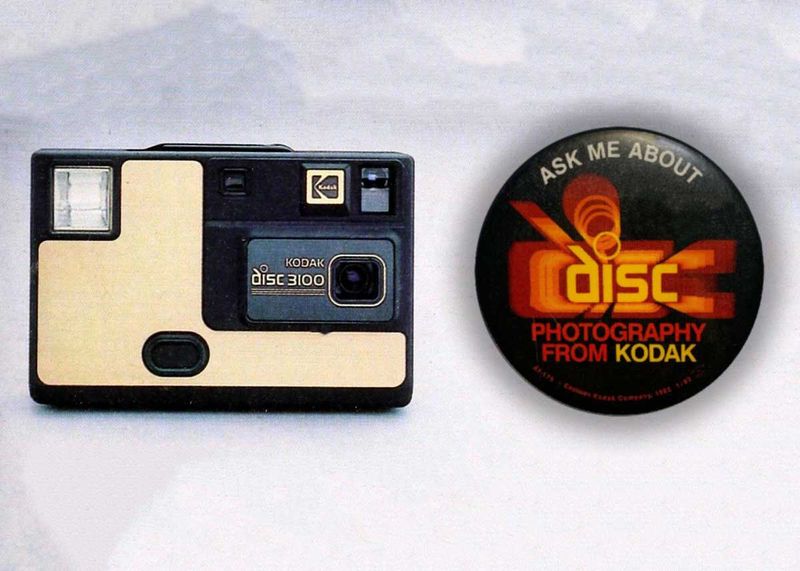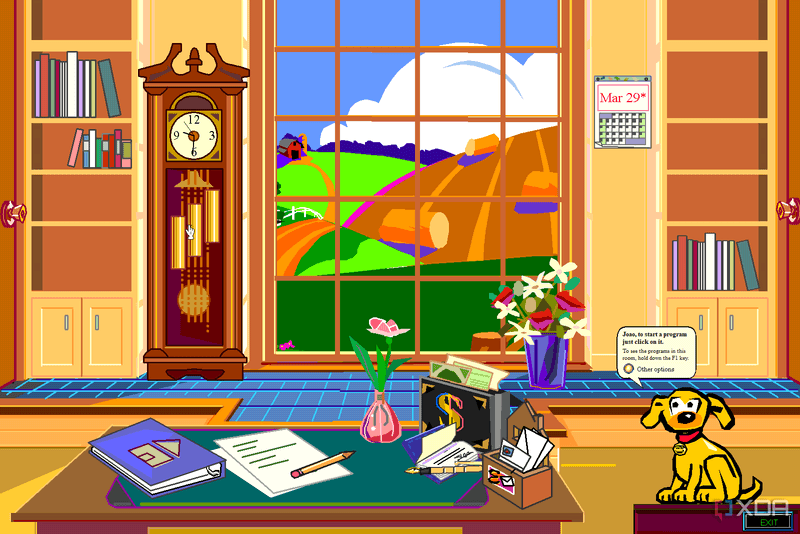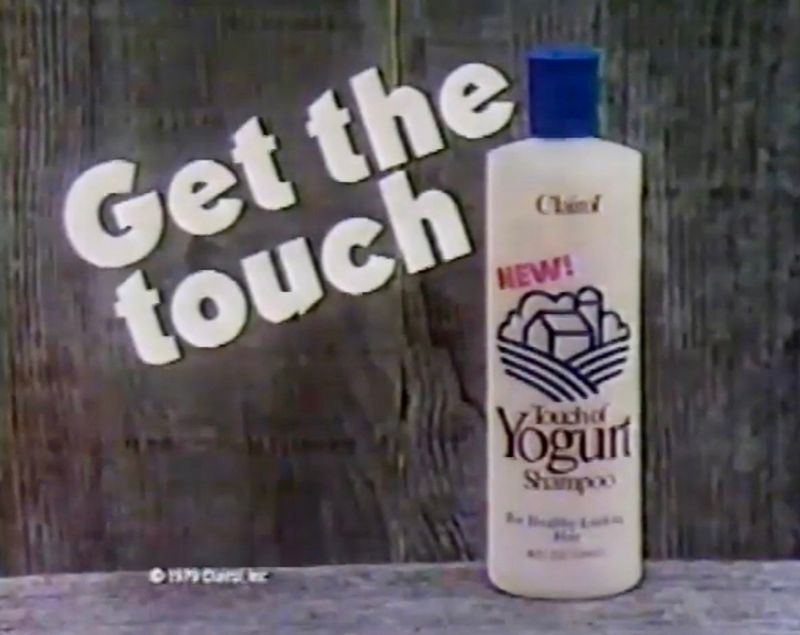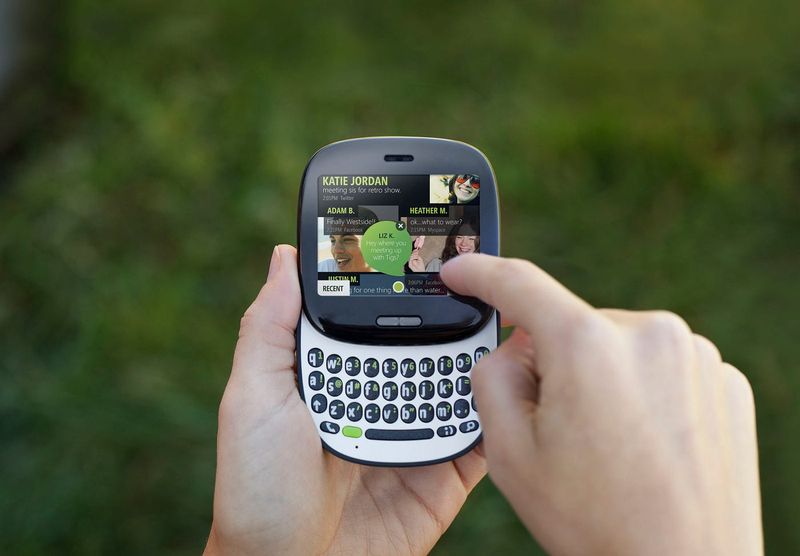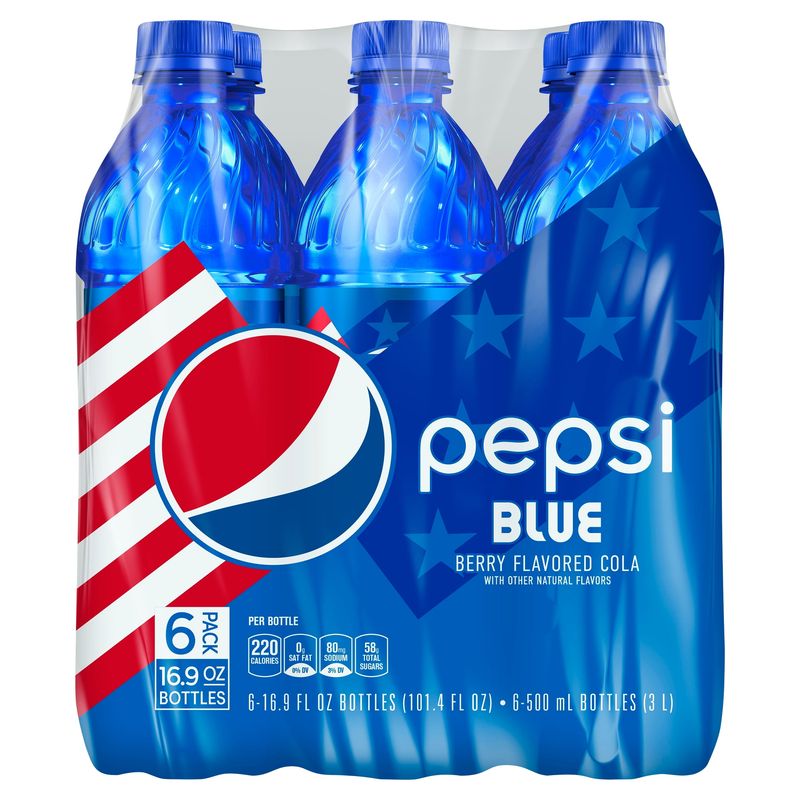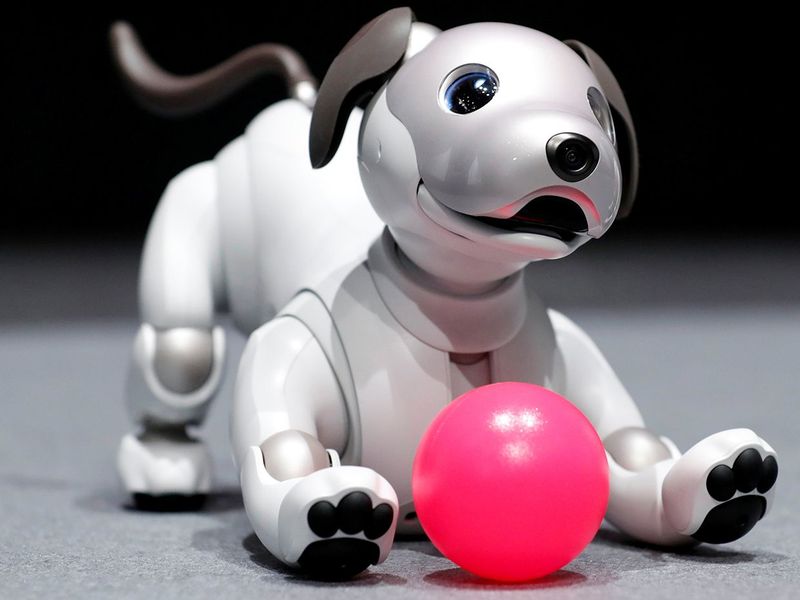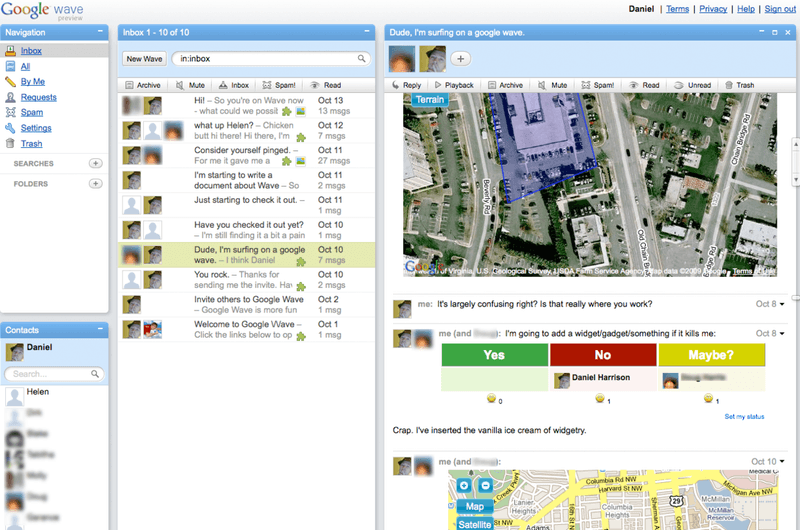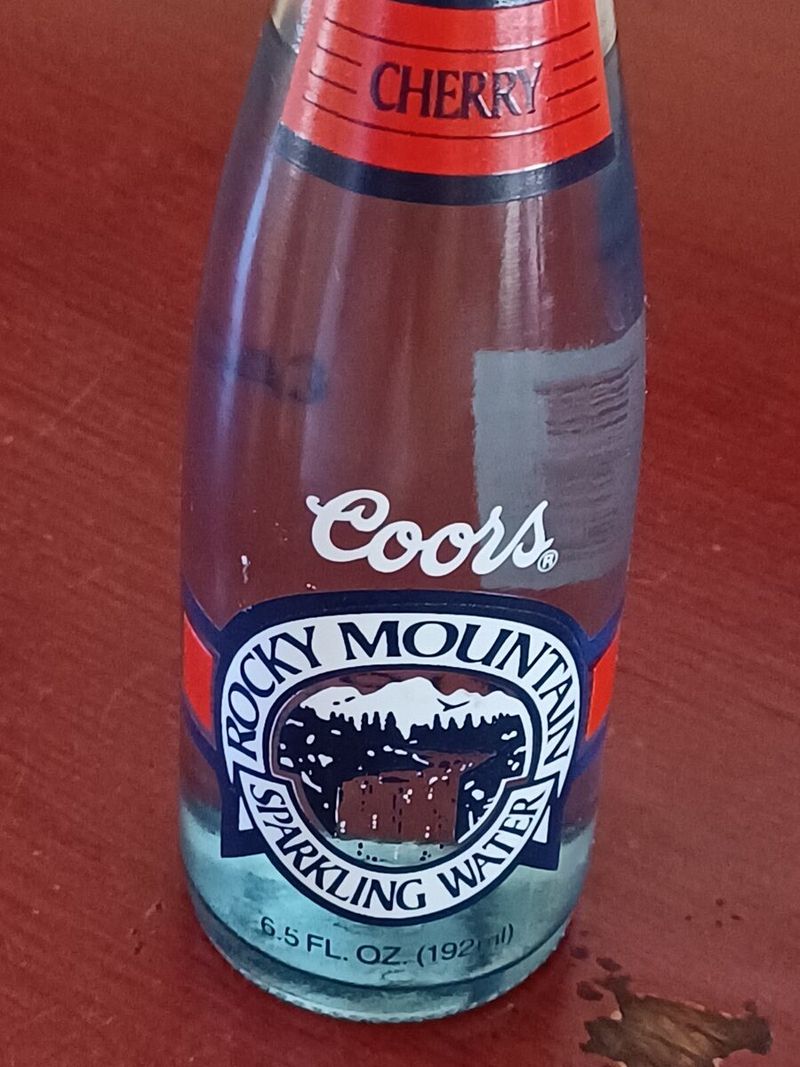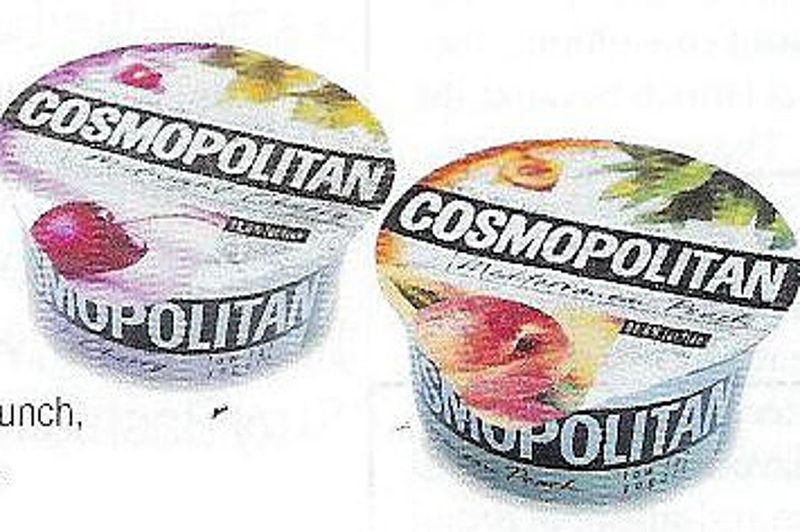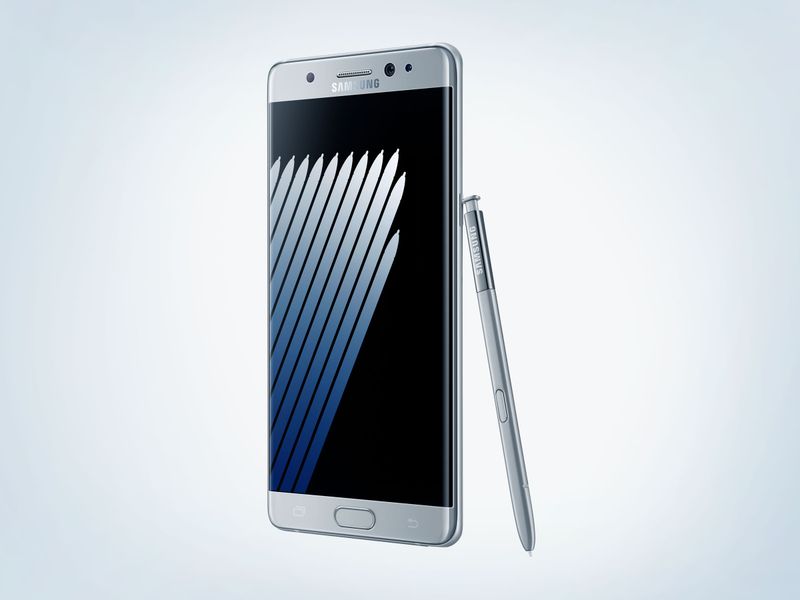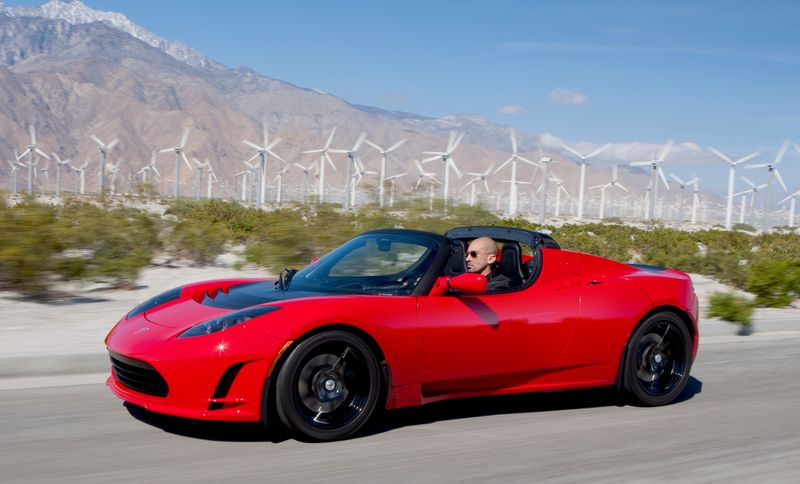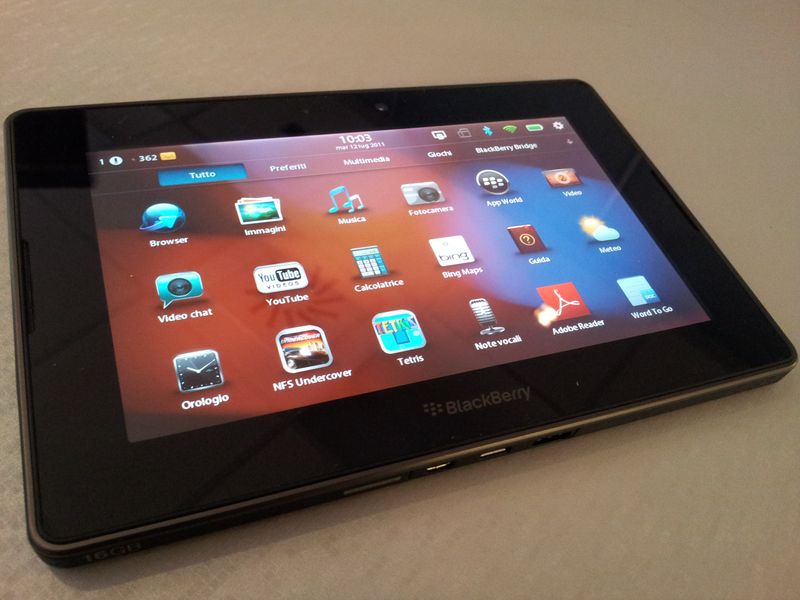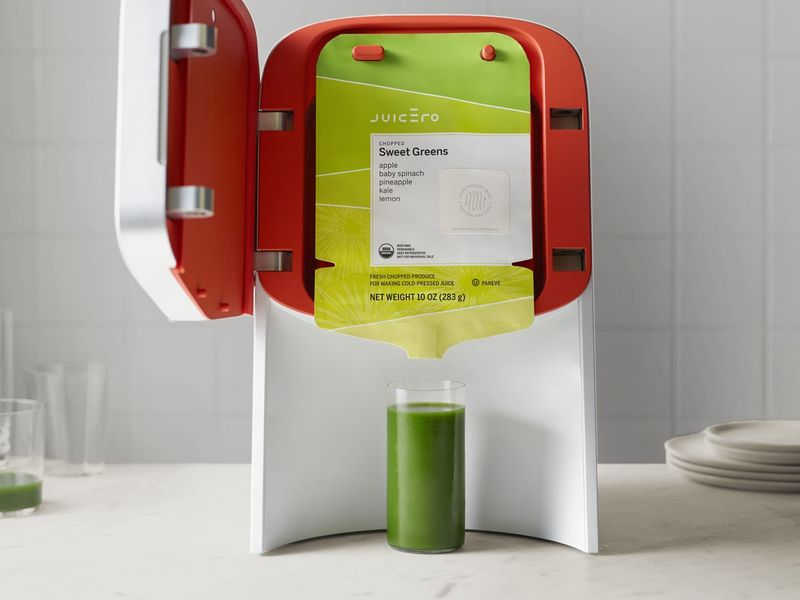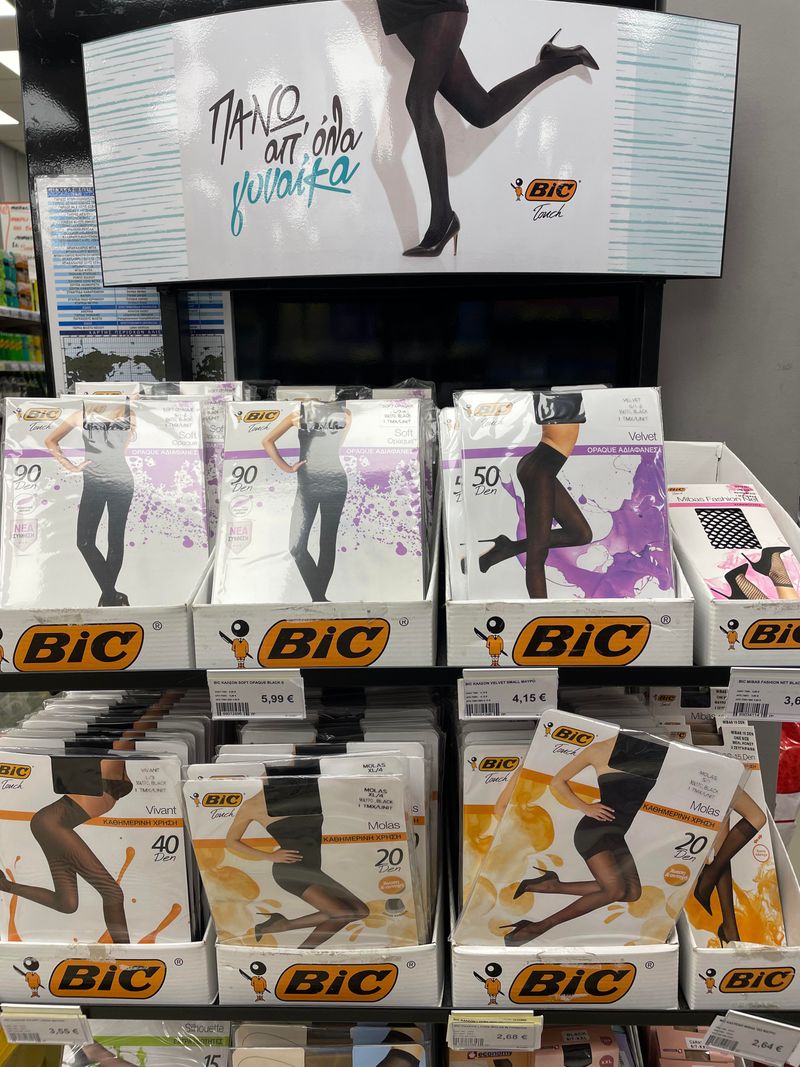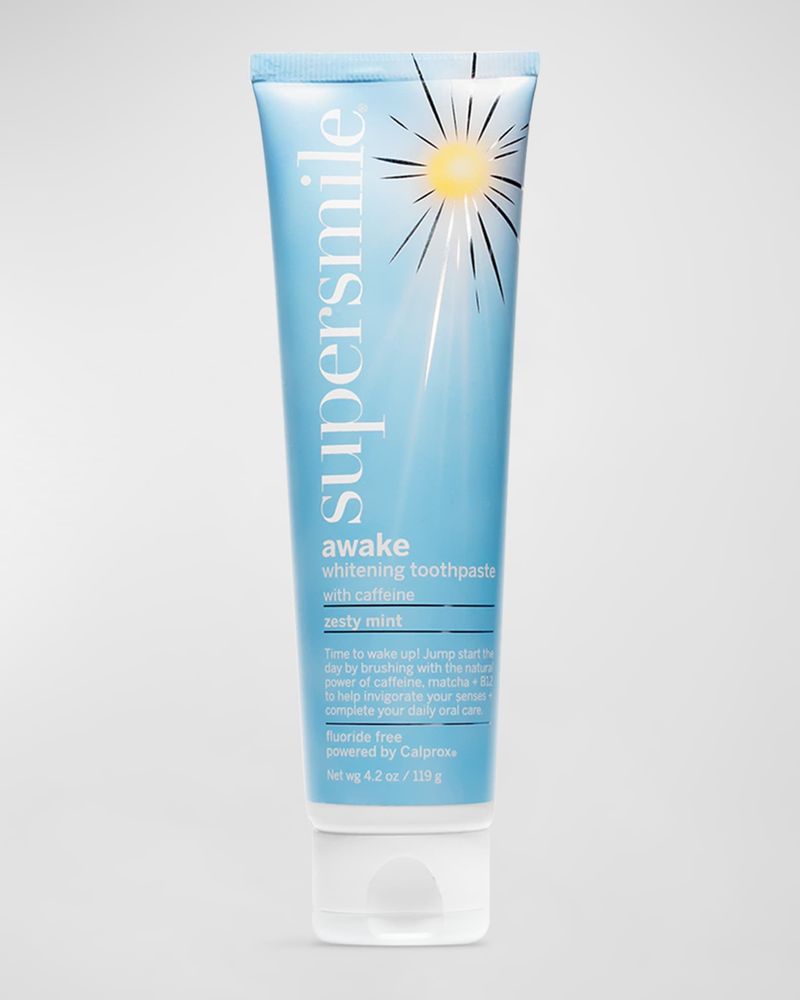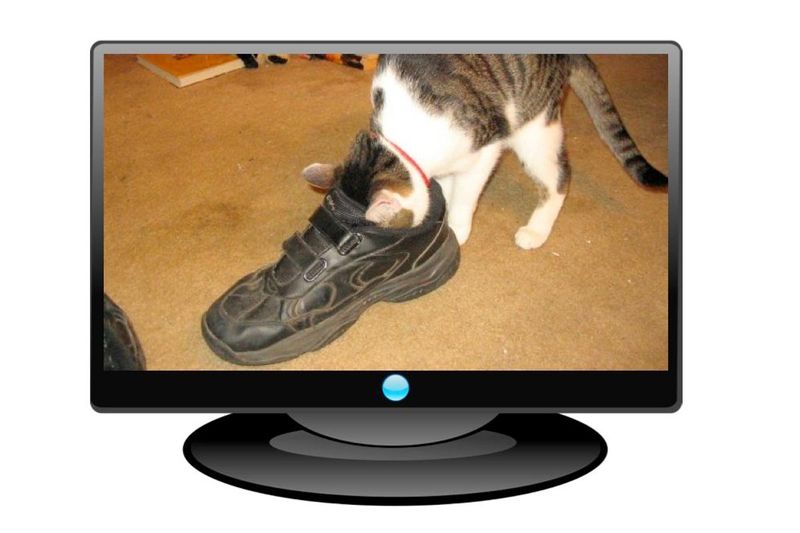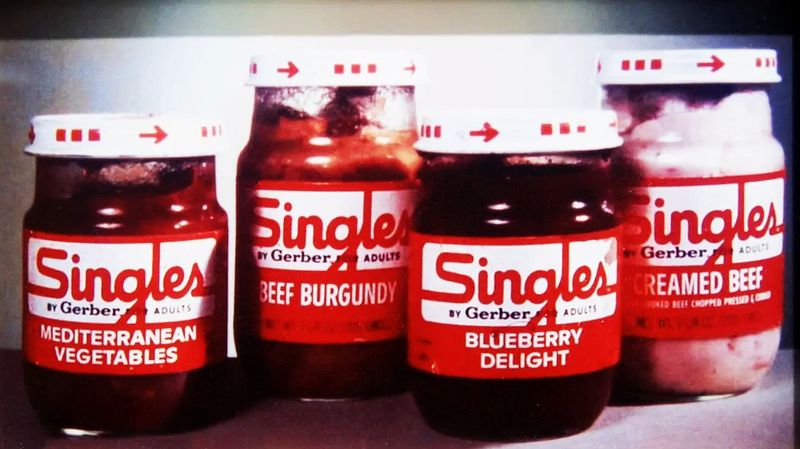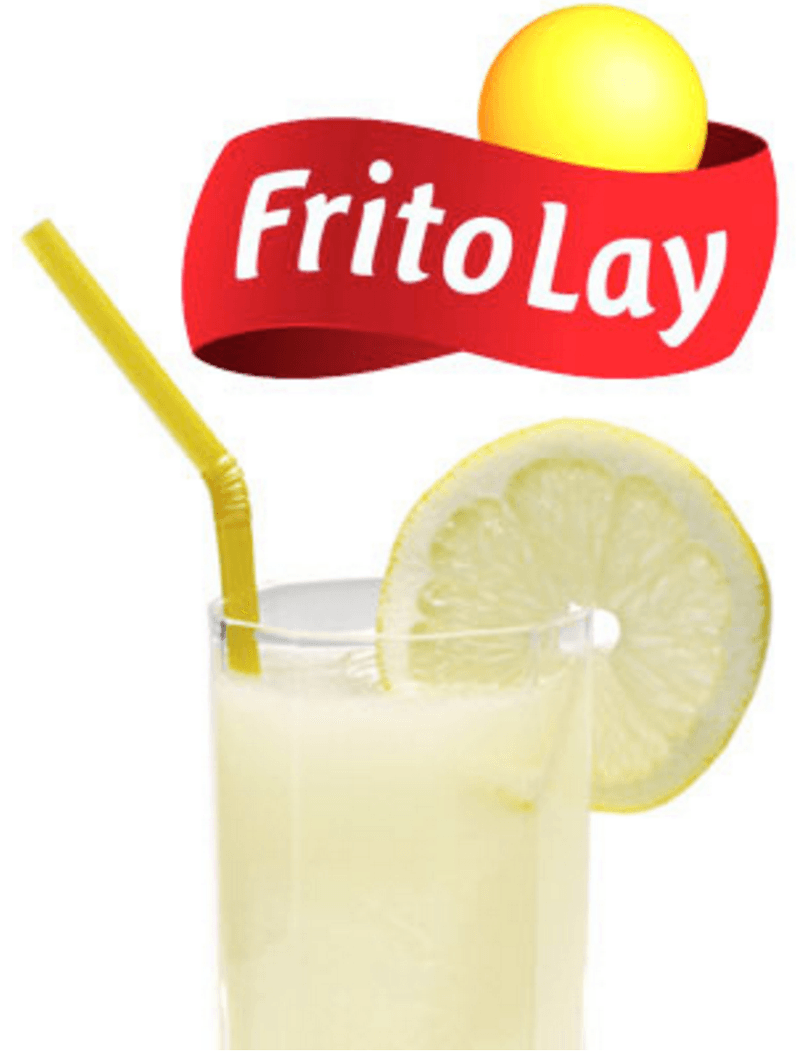Throughout history, numerous products have hit the market with high hopes, only to fall flat and become memorable failures. While some of these products were innovative, they lacked the timing or consumer interest to succeed.
In this blog post, we explore 40 products that, despite their potential, didn’t manage to capture the hearts of consumers.
These items serve as reminders of how market dynamics, consumer preferences, and sometimes just plain bad luck can spell doom for even the most promising innovations. Join us as we take a journey through these fascinating stories of failure.
1. New Coke
In the 1980s, Coca-Cola decided to reformulate its legendary drink, leading to the creation of New Coke. The idea was to compete more effectively with Pepsi, but it backfired spectacularly.
Many loyal customers were outraged, feeling that their beloved beverage had been taken away. The backlash was so intense that it prompted Coca-Cola to bring back the original formula, now branded as Coca-Cola Classic.
New Coke serves as a lesson in understanding and respecting consumer preferences. The company learned that innovation doesn’t always mean change; sometimes, it means preserving what people already love.
2. Crystal Pepsi
Crystal Pepsi was launched in the early 1990s as a caffeine-free, clear cola. Its transparent appearance was meant to convey purity, but it didn’t resonate with consumers.
While the initial hype was strong, sales quickly declined as people realized the taste wasn’t significantly different from regular cola. This product taught marketers the importance of substance over style.
Just because something looks different doesn’t guarantee it will succeed. Crystal Pepsi’s short-lived existence remains a nostalgic reminder of the era’s bold yet misguided innovations.
3. Google Glass
Google Glass was introduced with a vision of augmented reality becoming mainstream. These smart glasses promised to change how we interact with technology, but privacy concerns and a high price tag stunted its success.
Consumers were wary of being recorded without consent, and the glasses seemed more like a tech enthusiast’s gadget than a practical tool for daily life.
Despite its failure, Google Glass paved the way for future innovations in wearable technology, reminding companies to consider societal implications when launching cutting-edge products.
4. Segway
Heralded as a revolution in personal transportation, the Segway was expected to change urban mobility. Launched in 2001, it failed to achieve widespread adoption due to its high cost and limiting regulations.
The bulky design and need for special pathways made it impractical for many urban environments. While it found niche markets in tourism and security, the Segway didn’t live up to its initial promise.
Its story underscores affordability and convenience as key drivers in the success of transportation innovations.
5. Apple Lisa
The Apple Lisa, released in 1983, was a technological marvel for its time, featuring a graphical user interface and mouse. However, it was prohibitively expensive and failed to attract a significant user base.
Its high price, coupled with competition from the cheaper Macintosh, led to its demise. Apple Lisa’s story highlights the importance of balancing innovation with market accessibility.
Sometimes, being ahead of the curve isn’t enough if the product isn’t affordable for the masses.
6. Microsoft Zune
Launched in 2006, the Microsoft Zune was an ambitious attempt to compete with Apple’s iPod. Despite offering some unique features, it couldn’t break into the market dominated by iTunes and the iPod’s established ecosystem.
The late entry and lack of distinctive marketing left it struggling for traction. Zune’s failure teaches us about the challenges of entering a market with an already dominant player. Even with a solid product, timing and marketing are crucial to gaining consumer interest.
7. Betamax
Sony’s Betamax was technically superior to VHS, yet it lost the format war in the 1980s. Despite better picture quality, its recording time was shorter, and VHS quickly gained support from movie studios.
The inability to secure content proved fatal, as consumers chose the format with more available movies.
Betamax’s story is a classic example of how technical superiority doesn’t always translate into market success. Content availability and partnerships can be more critical than the product’s features.
8. Nintendo Virtual Boy
The Nintendo Virtual Boy, released in 1995, was one of the first attempts at virtual reality gaming. However, it faced multiple challenges, including a high price, limited game library, and discomfort from its red monochrome display.
The system was discontinued after just a year, as it failed to capture the interest of gamers. Despite its failure, the Virtual Boy was a bold step into VR, setting the stage for future innovations.
Today, it’s remembered as a quirky piece of gaming history that dared to dream big.
9. Harley-Davidson Perfume
In the 1990s, Harley-Davidson ventured into the fragrance market with a line of perfumes. This surprising move was meant to extend the brand’s legendary rugged image into personal care, but it didn’t resonate with fans.
The mismatch between motorcycles and perfume left consumers puzzled, leading to poor sales. This product failure highlights the risks of brand extension without a clear connection to core identity.
It serves as a reminder to businesses to stay true to what makes them unique when exploring new markets.
10. Amazon Fire Phone
The Amazon Fire Phone launched in 2014 with high expectations, offering unique features like Dynamic Perspective and Firefly. However, it struggled in a saturated smartphone market dominated by Apple and Samsung.
Its exclusive focus on Amazon services and lack of app support made it unappealing to a broad audience. This product emphasizes the importance of ecosystem compatibility and consumer choice.
Despite its innovative ideas, the Fire Phone serves as a cautionary tale of how failing to meet user expectations can lead to rapid obsolescence.
11. McDonald’s Arch Deluxe
In 1996, McDonald’s introduced the Arch Deluxe, aimed at a more sophisticated adult market. Despite a massive advertising campaign, it failed to resonate with customers.
The premium price didn’t align with the brand’s value-oriented image, confusing their target audience. This misstep in product positioning shows the importance of aligning brand identity with consumer perceptions.
Even a well-made product can falter if it doesn’t fit the brand’s established persona, as was the case with the Arch Deluxe.
12. Ford Edsel
The Ford Edsel, launched in the late 1950s, became infamous for its poor timing and marketing missteps. Meant to fill a niche between other Ford models, it ended up being too similar to existing options.
Its polarizing design and high price didn’t help its case, leading to disappointing sales. The Edsel’s tale is a reminder of the importance of market research and timing.
Without a clear market need or differentiation, even a well-engineered car can fail to capture consumer interest.
13. Bic Disposable Underwear
In an attempt to diversify, Bic introduced disposable underwear in the 1990s. Known for pens and lighters, this unexpected venture didn’t resonate with consumers. The concept seemed too niche and failed to gain traction in the market, leading to its quick disappearance.
Bic’s foray into clothing serves as a lesson in understanding brand boundaries. Diversification must align with consumer expectations, and sometimes, staying within established product lines is a safer bet.
14. Colgate Kitchen Entrees
Colgate, famous for toothpaste, ventured into the food market with Kitchen Entrees in the 1980s. However, the association with oral hygiene made it hard to swallow for consumers.
The idea of eating a meal branded by a toothpaste company didn’t sit well, leading to its quick withdrawal.
Colgate’s misadventure highlights the challenges of brand extension into unrelated markets. Consumers often have fixed perceptions of brands, and straying too far can lead to confusion and rejection.
15. WOW! Chips by Frito-Lay
In the late 1990s, Frito-Lay launched WOW! Chips, marketed as a low-fat option made with olestra. However, they soon gained notoriety for unpleasant digestive side effects, which overshadowed the initial excitement.
That negative publicity and health concerns led to declining sales and eventual market withdrawal. WOW!
Chips serve as a case study in the importance of thorough testing and consumer safety. Even a product with potential health benefits can falter if it poses risks to the consumer experience.
16. Sony MiniDisc
Sony introduced the MiniDisc in the early 1990s as a new format for digital audio, but it struggled against CDs and the rise of MP3 players. Though technologically advanced, it couldn’t compete with the affordability and convenience of CDs.
The MiniDisc’s brief lifespan underscores the importance of timing and understanding consumer preferences. Even a well-designed product can miss the mark if it doesn’t align with how people want to consume media.
17. E.T. the Extra-Terrestrial for Atari
The E.T. video game for Atari is often cited as one of the worst games ever made. Rushed to market in 1982 to capitalize on the film’s success, it was plagued by poor gameplay and confusing objectives.
The game’s failure contributed to the video game industry crash of 1983, leaving unsold cartridges buried in a landfill.
This infamous flop highlights the dangers of rushed development and over-reliance on brand tie-ins. Quality and playability are crucial, even when a product is linked to a popular franchise.
18. Cheetos Lip Balm
Cheetos Lip Balm was an unexpected entry into the personal care market. Launched in the 2000s, it attempted to leverage the brand’s popularity, but the concept of cheese-flavored lip balm was off-putting to most.
The mismatch between product and brand identity led to its quick disappearance from shelves. This quirky product failure illustrates the importance of aligning product offerings with brand expectations.
Consumers embrace innovation, but only when it makes sense within the brand’s narrative.
19. Nike Magneto Sunglasses
Nike’s Magneto Sunglasses, introduced in the late 1990s, featured a unique design that used magnetic clips instead of traditional ear supports. However, the unconventional fit and hefty price tag led to poor sales.
Consumers found the design uncomfortable and impractical for active wear. This product’s failure points to the necessity of functionality and comfort in sports gear.
Even a brand as strong as Nike can miss the mark if product innovations don’t enhance the user experience.
20. Pepsi AM
Pepsi AM was launched in 1989 as a morning beverage with more caffeine, targeting breakfast drinkers. Unfortunately, it couldn’t shake the perception of being a soda, which didn’t align with traditional breakfast habits.
The concept failed to resonate, leading to its quick discontinuation. Pepsi AM’s story highlights the complexities of changing consumer habits.
Even with a sound idea, altering ingrained behaviors requires more than just product introduction; it demands a shift in perception and lifestyle.
21. Facebook Home
Facebook Home, released in 2013, was an Android app that transformed smartphone home screens into immersive Facebook experiences. Despite its innovative approach, it faced criticism for privacy issues and limited functionality.
Users found it intrusive and lacking in essential features, leading to low adoption rates. The failure of Facebook Home serves as a reminder of the balance needed between innovation and user privacy.
Products must respect personal boundaries while offering tangible benefits to gain user trust and acceptance.
22. RJ Reynolds Premier
RJ Reynolds introduced Premier in the 1980s as a cleaner cigarette alternative, using a smokeless design. However, the taste and experience didn’t satisfy consumers, leading to its quick disappearance.
The product failed to meet the expectations of traditional smokers and didn’t appeal to non-smokers either. This attempt underscores the difficulty of changing deeply ingrained consumer habits.
When altering a well-established product, understanding user preferences and offering a superior experience are crucial.
23. Kodak Disc Camera
The Kodak Disc Camera, launched in the 1980s, introduced a new film format aimed at convenience. However, the small negative size led to poor image quality, disappointing amateur photographers.
Despite its portability, it couldn’t compete with traditional film formats that offered superior results.
Kodak’s Disc Camera teaches us that innovation must meet consumer expectations for quality. Even with a strong brand, products need to deliver on their promises to succeed.
24. Microsoft Bob
Microsoft Bob was launched in 1995 as a simplified user interface for Windows. Aimed at beginners, its cartoonish design was met with ridicule, and its functionality fell short. Users found it patronizing rather than helpful, leading to its rapid decline.
This product failure highlights the importance of understanding user needs and preferences. Simplicity doesn’t mean condescension, and products should empower users rather than limit them.
25. Touch of Yogurt Shampoo
Clairol’s Touch of Yogurt Shampoo, launched in the 1970s, aimed to harness the natural appeal of yogurt in hair care. However, the idea of putting yogurt in shampoo puzzled consumers, leading to poor sales.
The concept didn’t translate well into personal care, resulting in its quick removal from the market. This quirky failure emphasizes that novelty needs to be balanced with practicality. Consumers want products that not only intrigue but also deliver tangible benefits.
26. Microsoft Kin
Microsoft Kin, launched in 2010, targeted the social media-savvy youth but failed spectacularly. The phones were criticized for limited functionality and high costs, leading to discontinuation after just two months.
The lack of features compared to competitors made it unappealing to its target audience. Kin’s brief existence teaches us the importance of aligning product capabilities with consumer expectations, especially in technology markets where competition is fierce.
27. Pepsi Blue
Pepsi Blue was launched in 2002 as a berry-flavored cola, aiming to capture the attention of a younger audience. However, the unconventional taste and color didn’t appeal to the masses.
The novelty wore off quickly, and it was discontinued after just two years. Pepsi Blue’s journey highlights the difficulty of balancing innovation with mass appeal. While experimentation is vital, understanding broad consumer preferences is crucial for sustained success.
28. Sony AIBO
Sony’s AIBO was a robotic dog introduced in the late 1990s, pioneering the field of consumer robotics. Despite its futuristic appeal, the high price and limited functionality made it a luxury rather than a necessity.
AIBO’s niche appeal couldn’t sustain long-term success, leading to its discontinuation. The product’s story illustrates the challenges of introducing cutting-edge technology without a clear market demand. Even innovative products need to offer practical value to thrive.
29. Google Wave
Google Wave was introduced in 2009 as a collaborative communication platform. Despite its innovative features, it was too complex for users, leading to confusion rather than clarity.
The overwhelming interface and lack of clear use-case scenarios led to its downfall. Google Wave’s failure underscores the importance of intuitive design in software. Even powerful tools need to be accessible and user-friendly to gain widespread adoption.
30. Coors Rocky Mountain Spring Water
In the early 1990s, the Coors Brewing Company decided to venture beyond beer and introduced Coors Rocky Mountain Spring Water. Packaged just like their beer bottles, the water was marketed as pure, fresh, and directly from the Rockies.
The company believed it could capitalize on the strong brand association with quality and purity.
However, the product struggled to find a market niche, as consumers couldn’t quite separate the Coors name from beer. This brand identity confusion was a significant barrier.
Despite the premium image and source, the water was often compared to cheaper alternatives, leaving it at a disadvantage.
Ultimately, without a clear marketing strategy or consumer base, Coors Rocky Mountain Spring Water failed to gain traction and was discontinued shortly thereafter.
31. Cosmopolitan Yogurt
Cosmopolitan, a well-known magazine, ventured into the food industry with Cosmopolitan Yogurt. The unexpected move baffled consumers, leading to poor sales and quick discontinuation.
The disconnect between a lifestyle magazine and yogurt was too great for consumers to overcome. This attempt underscores the importance of brand consistency. Forays into unrelated markets must resonate with core brand values to succeed.
32. Samsung Galaxy Note 7
The Samsung Galaxy Note 7, released in 2016, faced a catastrophic failure due to battery defects causing fires and explosions. Despite being praised for its features, the safety issues led to a global recall.
The incident damaged consumer trust and cost Samsung billions. This high-profile failure highlights the critical importance of product safety and quality control. Companies must prioritize consumer safety above all else to maintain brand integrity.
33. Tesla Roadster (Original)
Tesla’s first Roadster, launched in 2008, was groundbreaking as the first highway-legal electric vehicle, but its high price and limited range restricted its market appeal. While it set the stage for future innovations, it struggled to find widespread adoption initially.
The original Roadster’s story is a testament to the challenges of pioneering new technology. Early adopters often face hurdles, yet their efforts pave the way for broader acceptance in the future.
34. Blackberry Playbook
The Blackberry Playbook launched in 2011, aiming to compete in the burgeoning tablet market. Despite its sleek design, it was criticized for lacking essential features like native email support.
The absence of key apps and functionalities led to its quick decline. This product failure highlights the importance of understanding market expectations. Even with a strong brand, products must meet consumer demands to succeed.
35. Juicero
Juicero, introduced in 2016, was a high-tech juicing machine that required proprietary packets. Priced at $400, it was quickly ridiculed when it was discovered that packets could be squeezed by hand without the machine.
The high cost and limited functionality led to its downfall. Juicero’s story serves as a cautionary tale about over-engineering. Complexity doesn’t always equate to value, and consumers seek practicality along with innovation.
36. Bic Disposable Socks
Bic, known for its disposable razors and pens, once ventured into the world of disposable socks. The concept was simple: socks that could be worn once and thrown away. Despite the convenience factor, consumers found the idea wasteful and environmentally unfriendly.
The socks were made from a flimsy, paper-like material, which hardly provided comfort or durability. Additionally, they lacked aesthetic appeal, leaving fashion-conscious buyers unimpressed.
Ultimately, Bic’s innovative leap into disposable clothing didn’t resonate with practical shoppers, leading to a swift exit from the market. This oddity remains a curious blip in product history.
37. Caffeine-Infused Toothpaste
Caffeine-Infused Toothpaste was a quirky attempt to merge oral hygiene with an energy boost. The concept was to provide a morning jolt while brushing teeth. However, this innovation failed to gain traction among consumers.
Users questioned the effectiveness and safety of ingesting caffeine through toothpaste, leading to widespread skepticism. Furthermore, the taste failed to please coffee enthusiasts, leaving a bitter aftertaste.
Despite initial curiosity, the product didn’t replace traditional caffeine sources, fading from shelves rapidly. It serves as a reminder that not all combinations are destined for success.
38. Smell-O-Vision Television
In the 1960s, the Smell-O-Vision Television aimed to revolutionize the viewing experience by introducing scents. The idea was simple: release a corresponding aroma to augment the visual experience.
However, the execution was anything but simple. Technical glitches plagued the device, and the scents often arrived late or not at all.
Consumers found the concept more amusing than practical. Moreover, the timing issues and the lack of appealing aromas led to its downfall.
Despite its innovative approach, the product quickly fizzled out in the market. It stands as a reminder of the challenges in synchronizing multi-sensory experiences.
39. Gerber Singles
Gerber, renowned for baby food, tried an unusual pivot in the 1970s with Gerber Singles. These were single-serve meals aimed at adults living alone. The packaging and product design mimicked their baby food jars, which confused and alienated potential buyers.
The concept was supposed to appeal to convenience-seeking singles, yet the presentation felt infantilizing. It was hard for adults to embrace the idea of eating from jars associated with infants. Consumers were not drawn to the idea of eating pureed meals, regardless of convenience.
Ultimately, Gerber Singles was a marketing flop, underscoring the importance of understanding the consumer mindset and the perception of product packaging.
40. Frito-Lay Lemonade
Frito-Lay, a brand synonymous with chips and snacks, once attempted to diversify its product line with the introduction of Frito-Lay Lemonade. Targeted at loyal snack enthusiasts, the beverage was expected to complement its salty snack offerings.
Yet, the disconnect between the brand’s image and the new product was jarring. Consumers struggled to associate a snack brand with a refreshing drink, and the product was met with skepticism. The mismatch in brand identity and consumer expectations was evident.
The lemonade failed to capture the market’s interest, and soon after its launch, it was quietly withdrawn. This venture served as a reminder of the critical need for brand consistency in product expansion.

